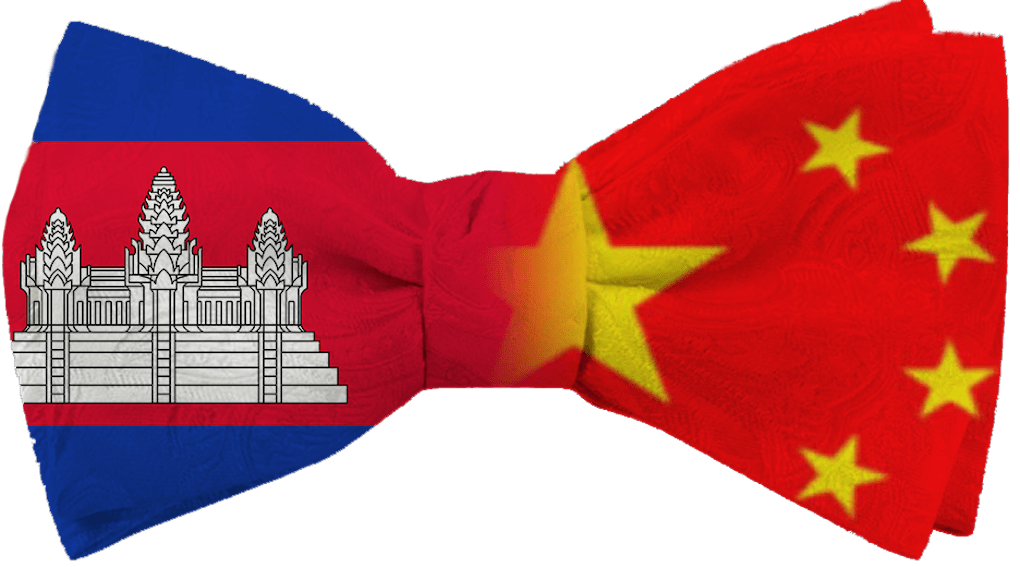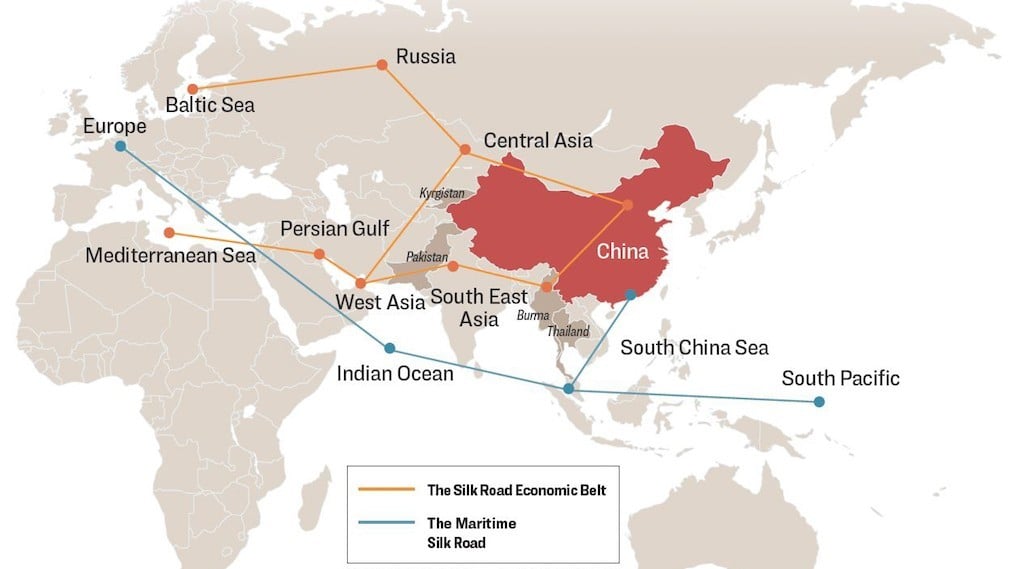There is strategic competition between the great powers of the US and China. As Chinese power and influence continue to rise and as the US’ global and Asia policy in general and China policy in particular enter a highly uncertain and unpredictable phase under President Donald Trump, every country in Asia including Cambodia has been forced to recalibrate their strategies for protecting and promoting their economic and national security interests. Their strategic adjustments to meet the challenges they face will depend on their individual domestic political situations and national concerns. It will also depend on how they anticipate the policies of the two superpowers to evolve going forward. The current uncertain and unpredictable international environment places Cambodia’s foreign policy in the context of the challenging environment than it has already been in for decade, being caught between the two superpowers and between China and ASEAN.
Cambodia has recently become much closer to China in almost every respect, leading some scholars to label Cambodia-China relations as a client-patron relationship. Cambodian Prime Minister Hun Sen has described China as a “most trustworthy friend” while Xi Jinping reciprocated with his description of Hun Sen as the “ironclad friend.” Such a phenomenon is not coincidental but rather has been brought about by actions. Since 1992, approximately USS 3 billion in Chinese congressional loans and aid has been offered to Cambodia, positioning China to be the largest development assistance provider and the biggest investor in the kingdom. Chinese investments have covered almost all lucrative and backbone sectors in Cambodia. For example, Chinese companies have invested in the garment and textile sector, accounting for 80 percent of total exports and employing about half a million Cambodians. In addition, China is also building the USD 800 million Lower Sesan 2 dam project. Some scholars believe that Cambodia’s excessive dependence on China has placed Cambodia’s foreign policy under China’s influence. As Evelyn Goh points out:
“Downstream states do not feel that they are in a position to challenge China directly, partly because of its relative power, but also because of growing Chinese influence in the region. For example, increasing Chinese aid and investment in Cambodia in recent years — especially in the form of infrastructural investment in roads, bridges, sewerage systems, the Sambor hydropower station, and the Senate and National Assembly buildings — obliges Phnom Penh to tread carefully when expressing concerns about the impacts it might suffer from Lancang Jiang developments.”
This influence, while serving China’s national interests, has provided an opportunity for Cambodia to enjoy a “free ride” on the efforts of the international community, in particular the US, to get Cambodia on the right track for democracy, good governance, and human rights. According to Carlyle Thayer, “Cambodian reliance on China for development assistance will mean that CPP officials will not have to fear external pressures to act on corruption.”1 Moreover, as Sophal Ear argues, “When Cambodia falls under pressure from international bodies to reform its human rights abuses, corruption, oppression of its people, or misuse of power, it turns to China for financial support.”2 For instance, when the World Bank suspended its financial support in response to the mass forced eviction of villagers from the Boueng Kak Lake development area in Phnom Penh, Cambodia simply turned to China for financial support.





